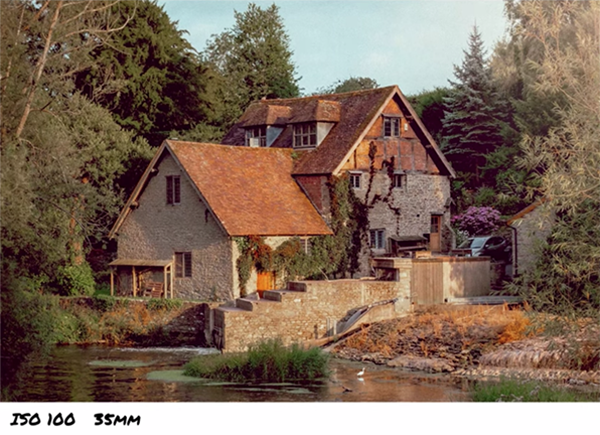Shoot Epic Photos with a BUDGET Camera & Lens: Here’s How (VIDEO)
It can be discouraging for many photographers to see their well-healed counterparts shooting with a camera-lens combo that runs far beyond five figures. But one pro says you really shouldn’t feel bad that you can’t afford expensive gear, because it’s possible to capture great images with bargain cameras and lenses if you know a few tricks.
Instructor Joshua Peg is an accomplished outdoor photographer, who says one of his goals is “to share my passion with others in an engaging, straightforward way.” And best yet, he does so with tutorials that don’t require the latest and greatest toys. This episode expounds on that notion with some straightforward advice for shooting very impressive photos with equipment that won’t break the bank.
As you’ll see in the 12-minute video below, developing a good eye and using thoughtful techniques can often take you further than investing in top-line tools. This lesson is primarily concerned with shooting on the street, but everything you’ll learn can be applied to other genres of photography with equal success.

For this demonstration Peg is using an economical Canon EOS 250D, also known as the Rebel SL3—a basic DSLR that can often be found for around $500. He’s paired the camera with the equally affordable Canon EF-S 18-55 short-range zoom—a setup he says can be your for less than a month’s rent depending upon where you live.
Peg took this kit to photograph the small hill-top medieval town of Ludlow in the UK. This quaint location is full of interesting markets and rustic architecture that’s absolutely perfect for street photography. And despite less-than-ideal weather the images he captured are really nice, thanks to the cheap tricks you’ll learn today.
The discussion includes the importance of understanding the limitations of your gear and keeping things somewhat simple. Shooting scenes without excessive dynamic range is a good place to start, and including people in the frame can add interest to your shots while distracting a viewer from some image-quality issues. As he says, as long as you don’t take extreme photos, like fast-moving subjects or high dynamic scenes, any relatively modern camera is capable of capturing artistic photos.

Peg notes that if your camera doesn’t feature in-body stabilization, a stabilized lens is a big advantage for achieving sharp results—especially when shooting with slow shutter speeds in poor light without a tripod. And when it comes to resolution, he insists that 20 megapixels is more than sufficient for most situations.
The foregoing is particularly true if you compose scenes carefully so that major cropping isn’t required during the editing process. Peg provides a variety of other tips and tricks that will vastly improve the quality of images captured with bargain gear. So don’t push your camera beyond its capabilities, practice the skills you learn here, and you may be very surprised at what you’re able to accomplish.
There’s much more to learn about shooting like a pro, without a pro’s budget, on Peg’s YouTube channel. So be sure to take a look.




